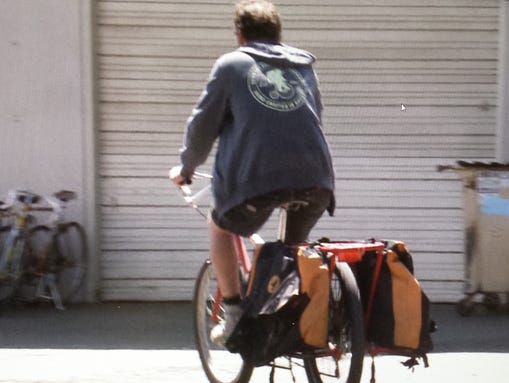Your morning coffee may give you the energy to start your day, but did you also know that daily coffee habit is good for your health, especially your cardiovascular health?
The coffee plant and its beans are chock full of thousands of chemicals and polyphenol antioxidants, vitamins, bioflavonoids, and minerals that promote heart health and help to neutralize the effect of naturally occurring caffeine.
Drinking a moderate amount of coffee each day—one to five cups—can help you avoid clogged arteries. The plaque that forms in arteries consists of calcium deposits that contribute to hardening of the arteries, and is a big predictor of heart disease and risk for heart attack.
According to several studies, coffee appears to have a protective effect on the heart itself. Drinking over four cups coffee per day can reduce your chances of being hospitalized for heart rhythm problems by 18%. Another study found that drinking coffee might take some strain off your heart by triggering a 30% increase in blood flow in the small blood vessels.
Coffee’s effect on other conditions
There is more good news for coffee drinkers. A February 2015 report from the Dietary Guidelines Advisory Committee addressed coffee consumption. Based on several studies and meta-analyses, they noted that there is strong evidence showing that drinking three to five cups of coffee per day (or up to 400 mg of caffeine per day) is not associated with an increased risk for long-term health problems in healthy people.
They also noted that drinking coffee with about 400 mg of caffeine might even lower a person’s risk for heart disease, type 2 diabetes, and Parkinson’s disease. One cup of coffee usually contains about 100 mg of caffeine.
Other chronic conditions that coffee may reduce your risk for include the following:
Melanoma and other skin cancer
Multiple sclerosis (drinking four to six cups per day)
Dementia and mild cognitive impairment
Parkinson’s disease
In addition, research that was published in the New England Journal of Medicine shows that coffee consumption can lower a person’s risk for premature death. The more coffee people drank the lower their risk of death became. That includes deaths from heart disease, stroke, respiratory disease, diabetes, infections, and injuries.
Other benefits to coffee and caffeine include helping with alertness, boosting metabolism (especially if consumed before exercise), and reducing risk of injuries.
How to get the most benefits from your coffee
Coffee is best when your drink it black. When you add milk, creamer, nondairy creamer, flavors, sugar, and artificial sweeteners you are potentially hurting your health and reducing the therapeutic benefits. To get the most health benefits from your coffee skip the add-ins. If you really need to doctor up your coffee, try coconut milk.
If you want to reduce hunger cravings, do what my grandparents used to do and put some butter in your coffee. Butter has healthy fats and is rich in fat-soluble vitamins, which all helps signal your brain you’ve had some nutrition and you’re full.
The color of your coffee makes a difference too. Choose darker roasts, which typically have more neuroprotective agents and can help restore antioxidant levels (vitamin E and glutathione) than unroasted green and lightly roasted coffees. Darker roasts also have been shown to have significantly better weight-loss results in obese coffee drinkers.
Going green
Whenever possible, buy certified organic coffee. Coffee beans are heavily sprayed with pesticides. Purchasing sustainable “shade-grown” coffee also helps protect the planet, rainforests, and all the birds and animals that live there, all while protecting your body from harmful pesticides.











